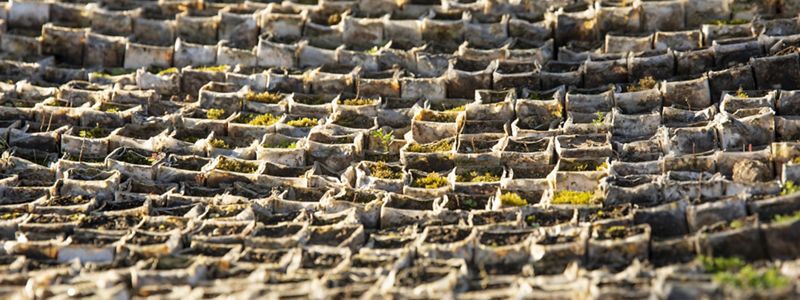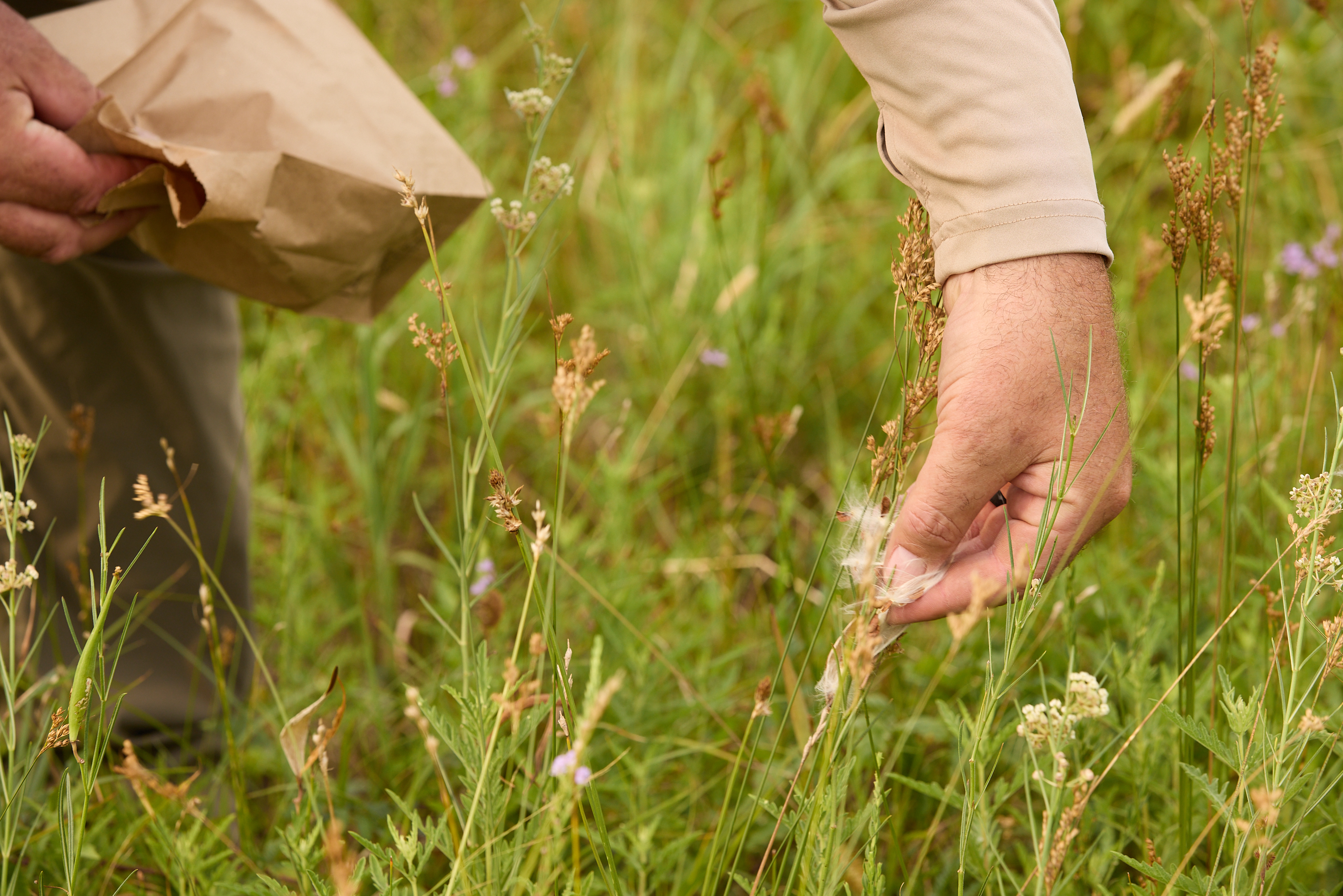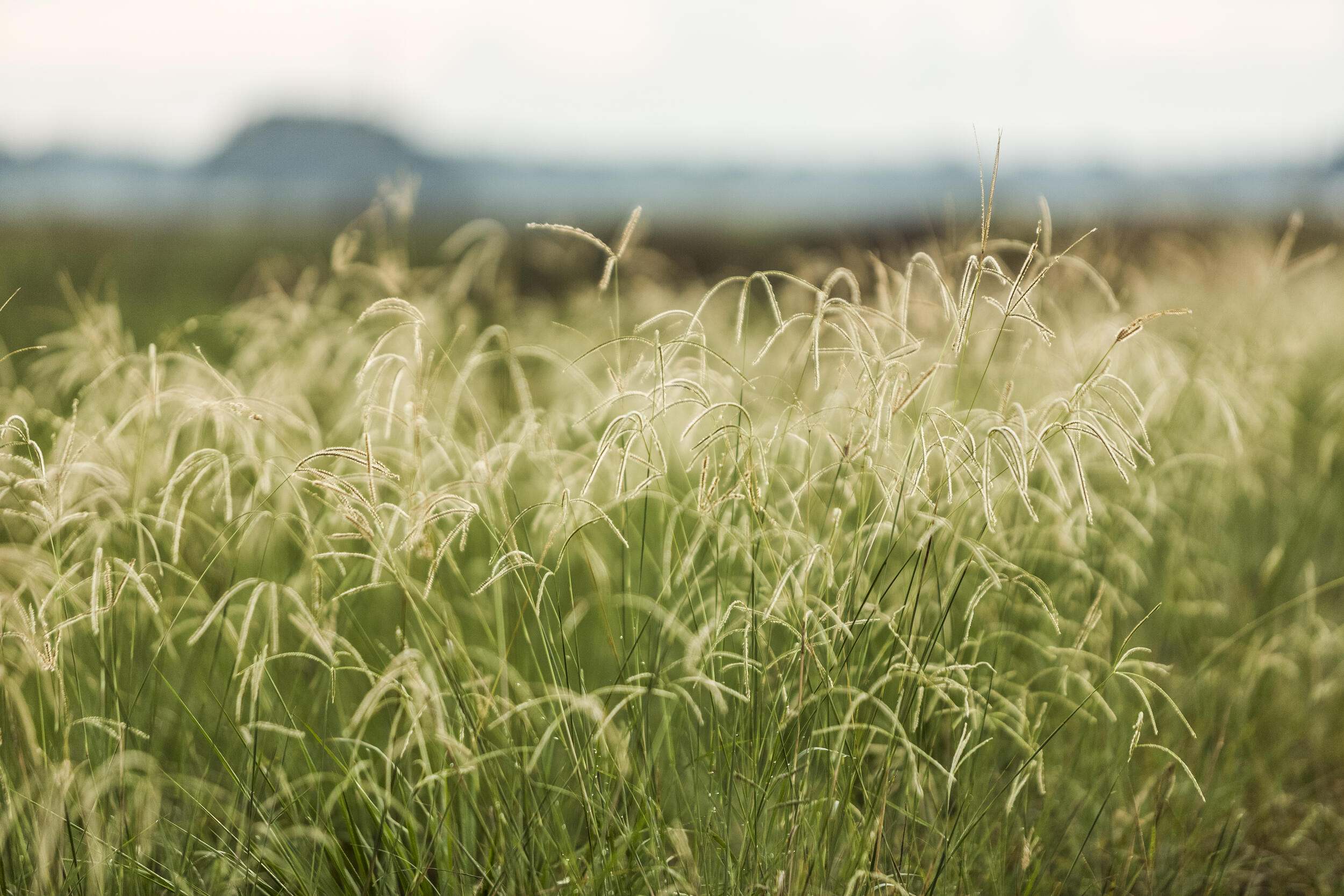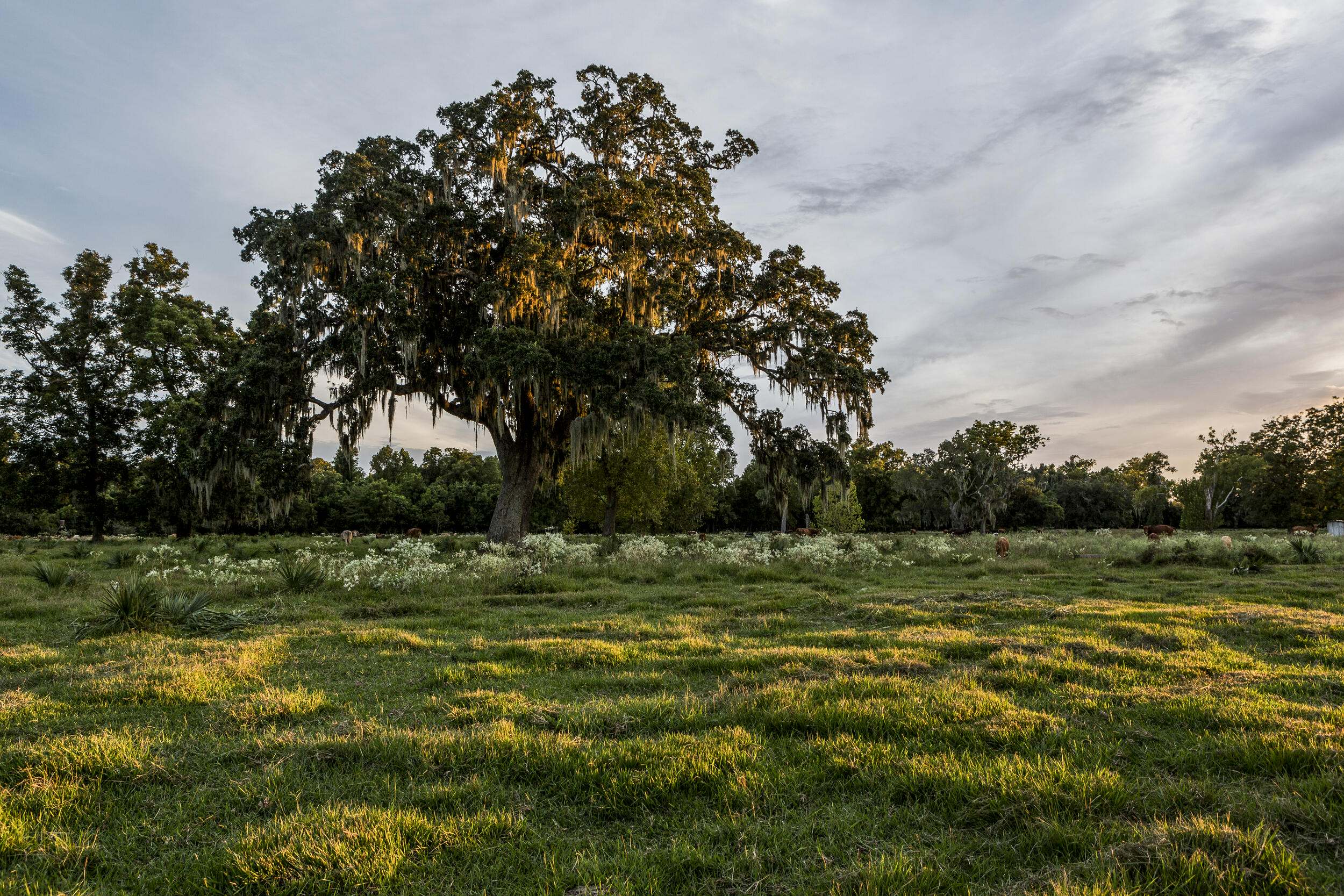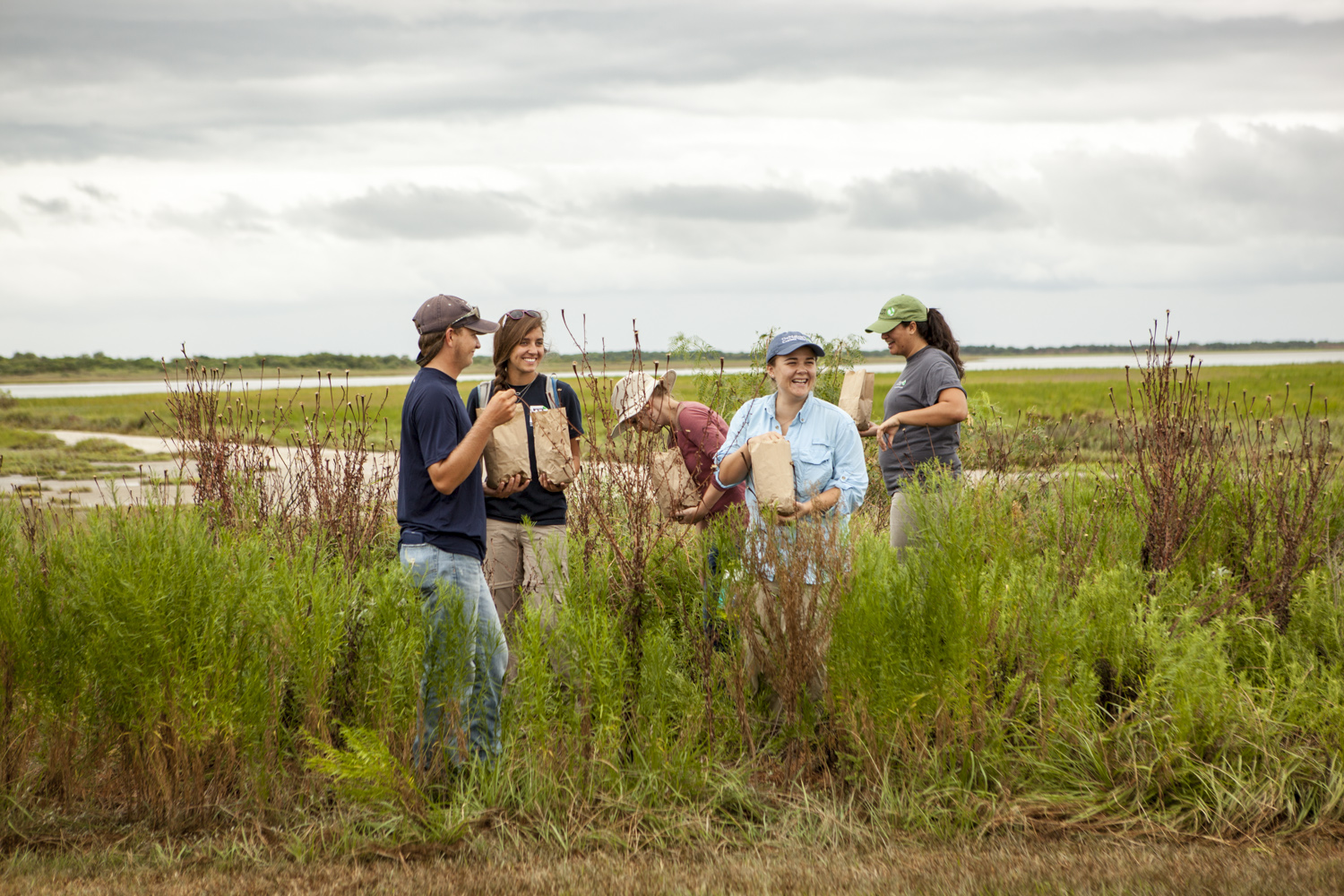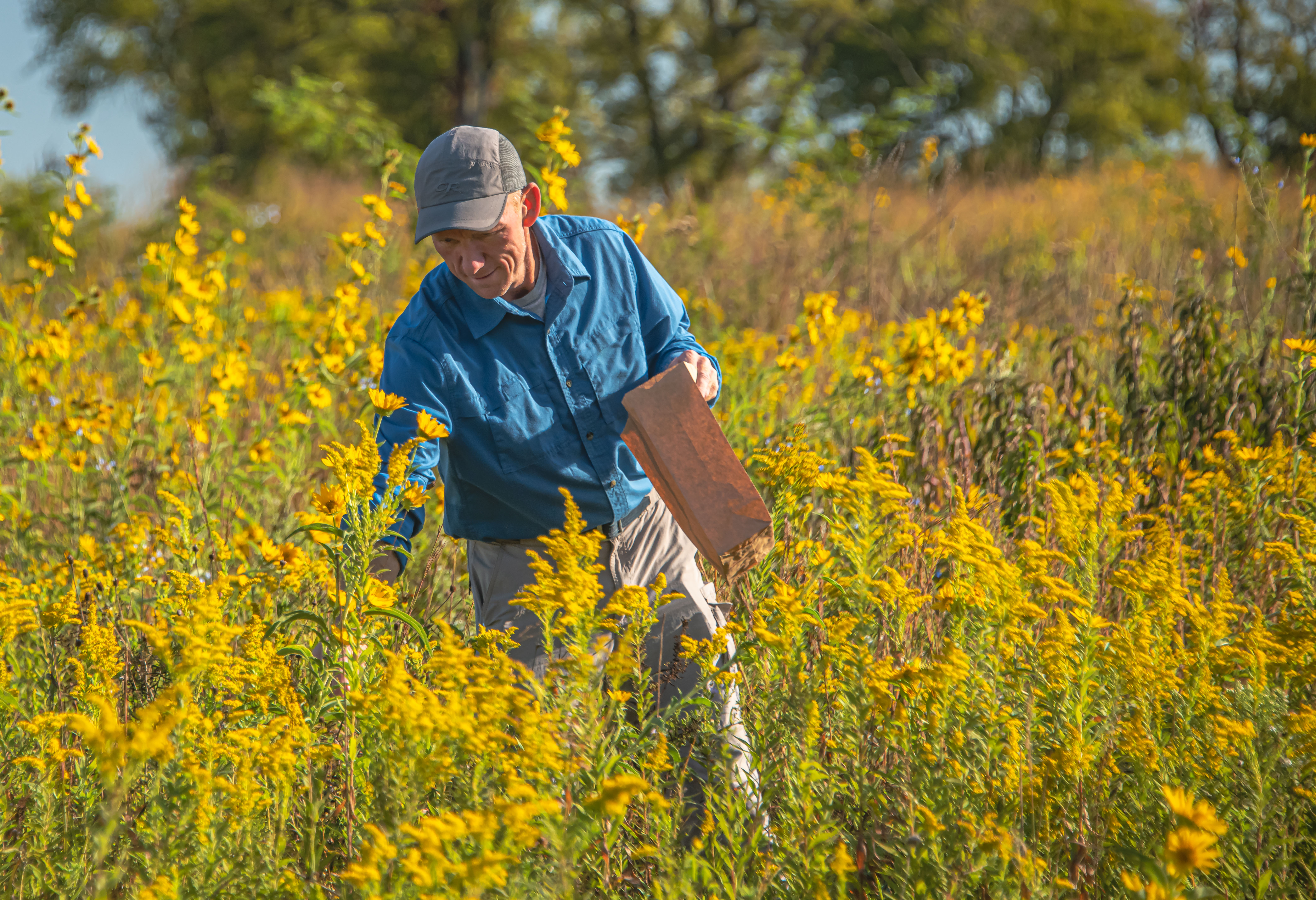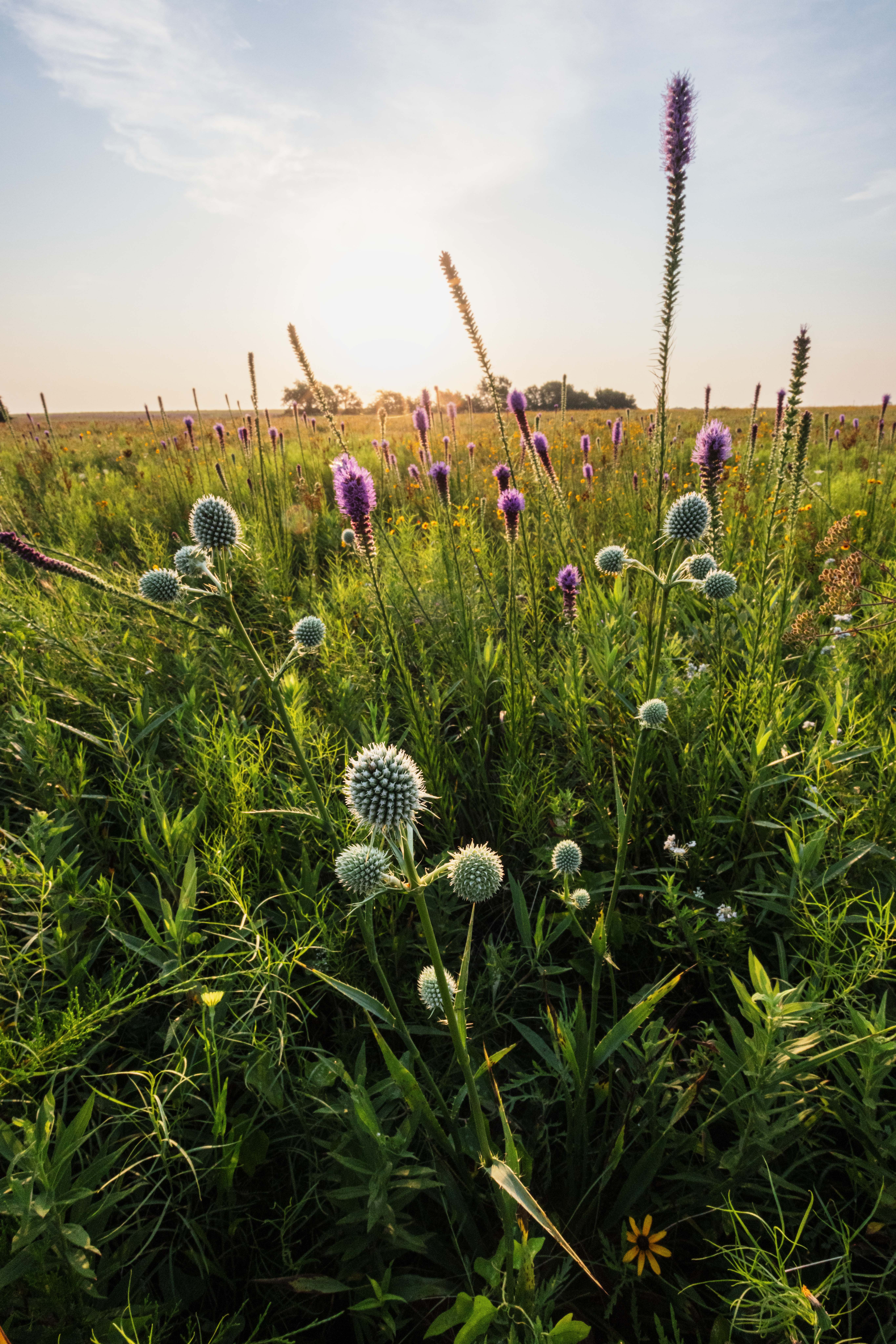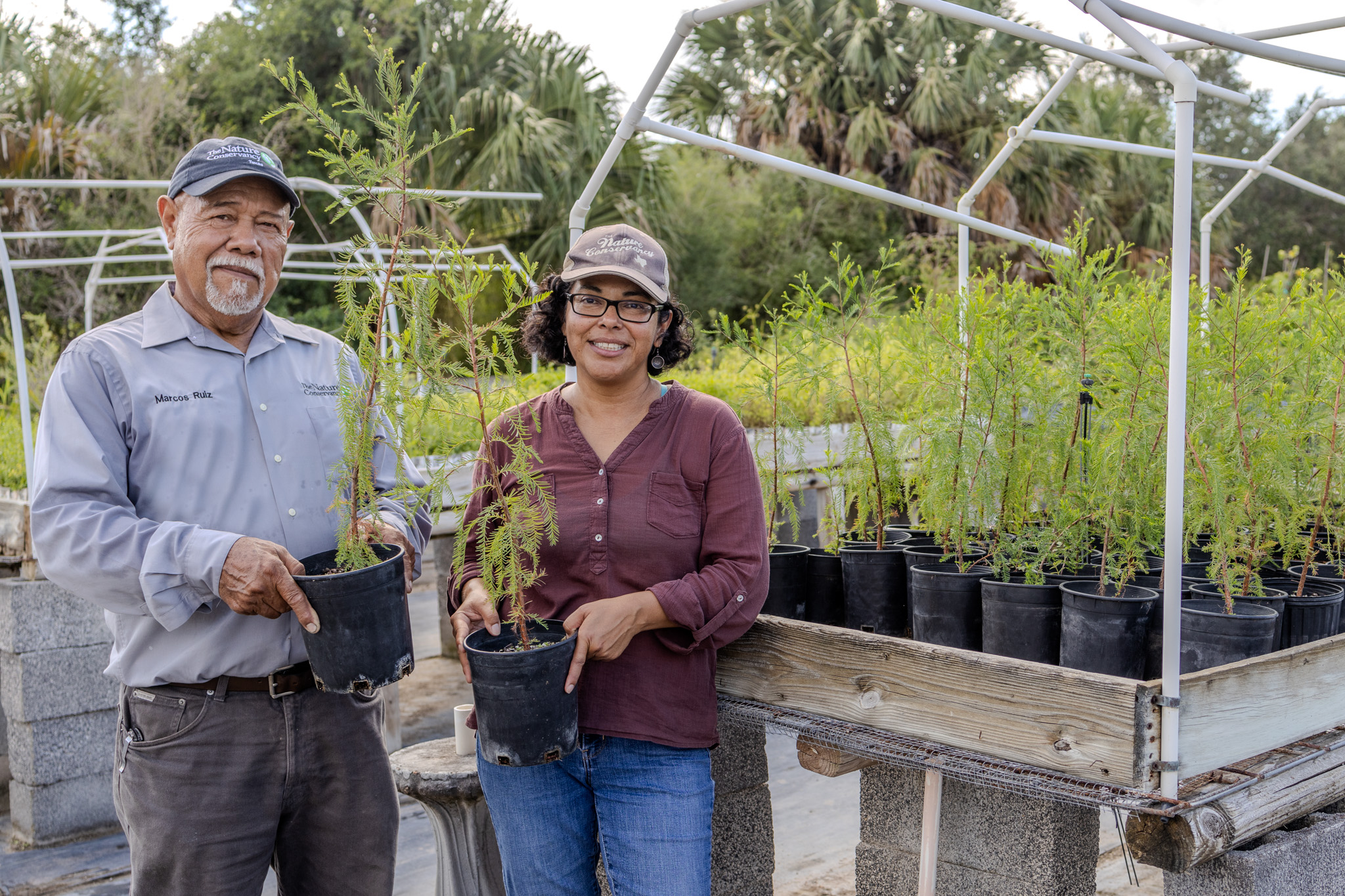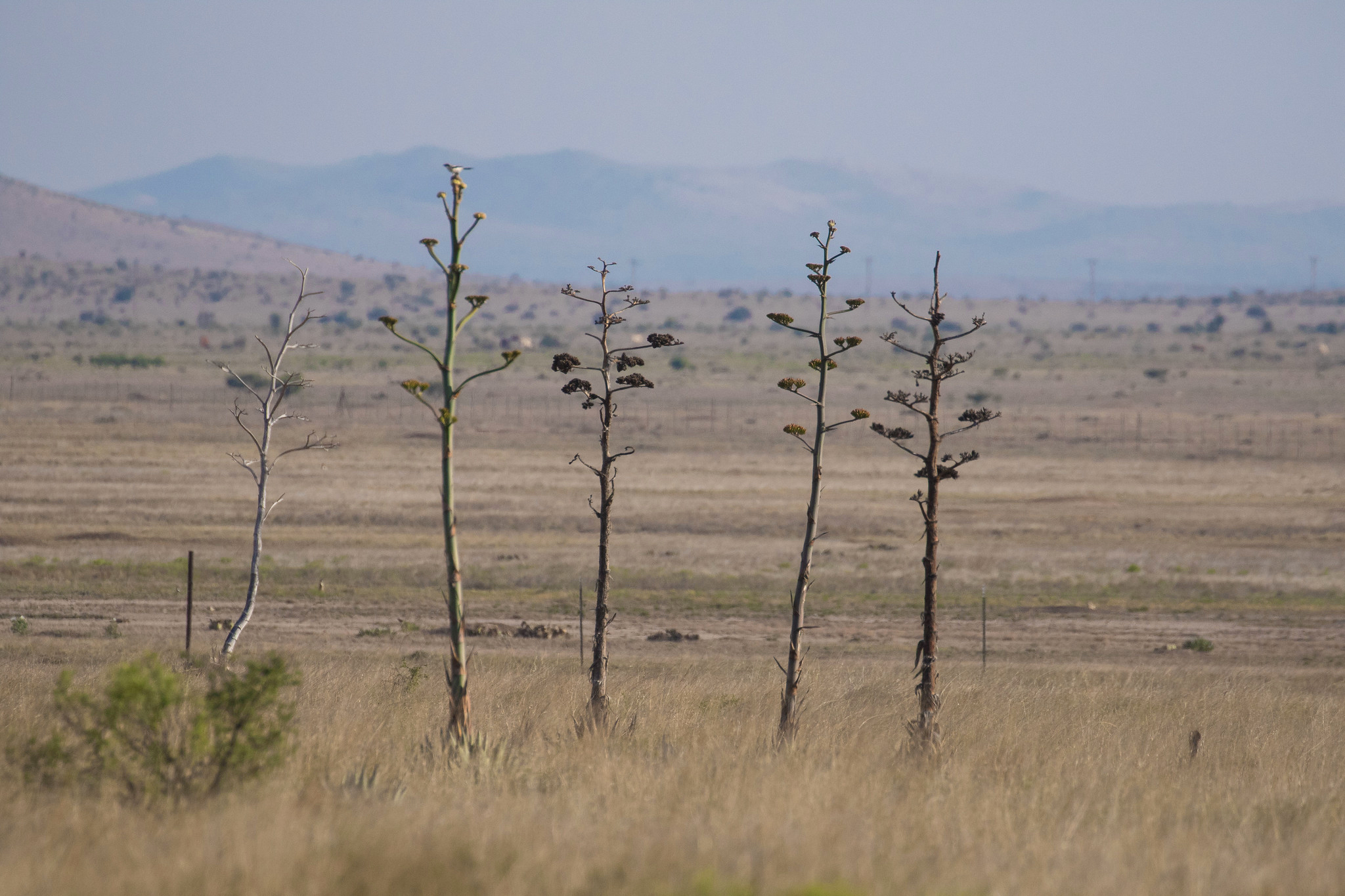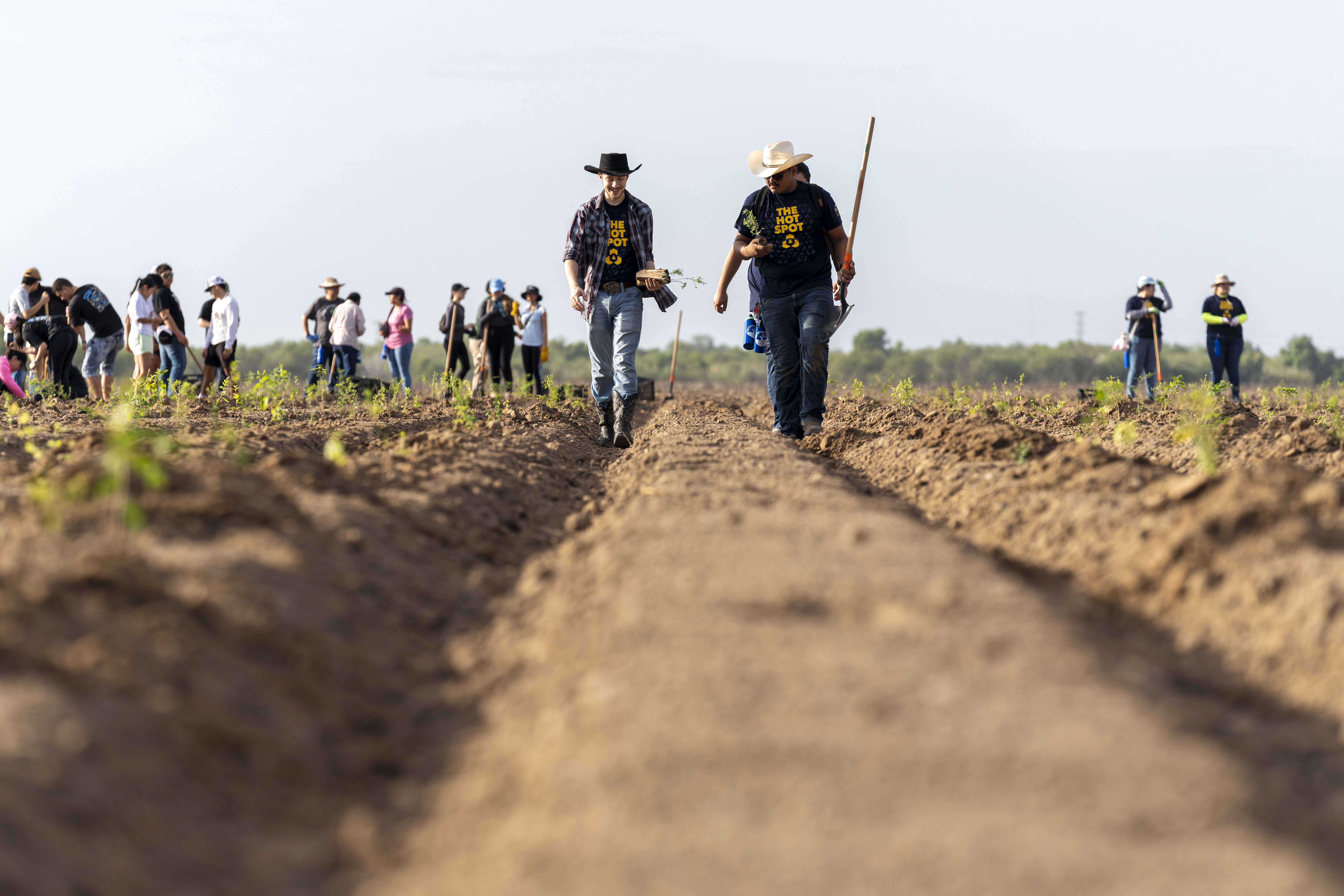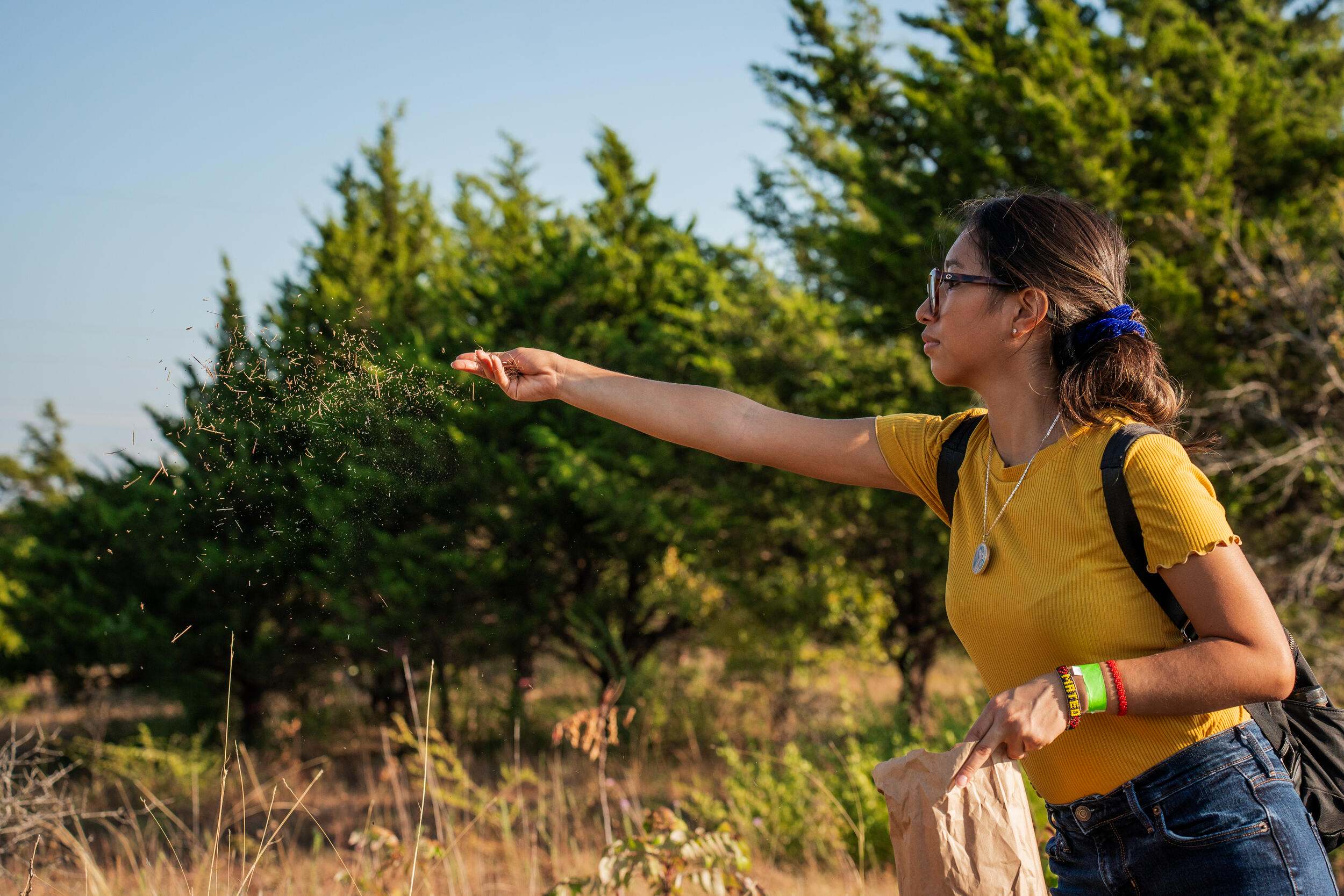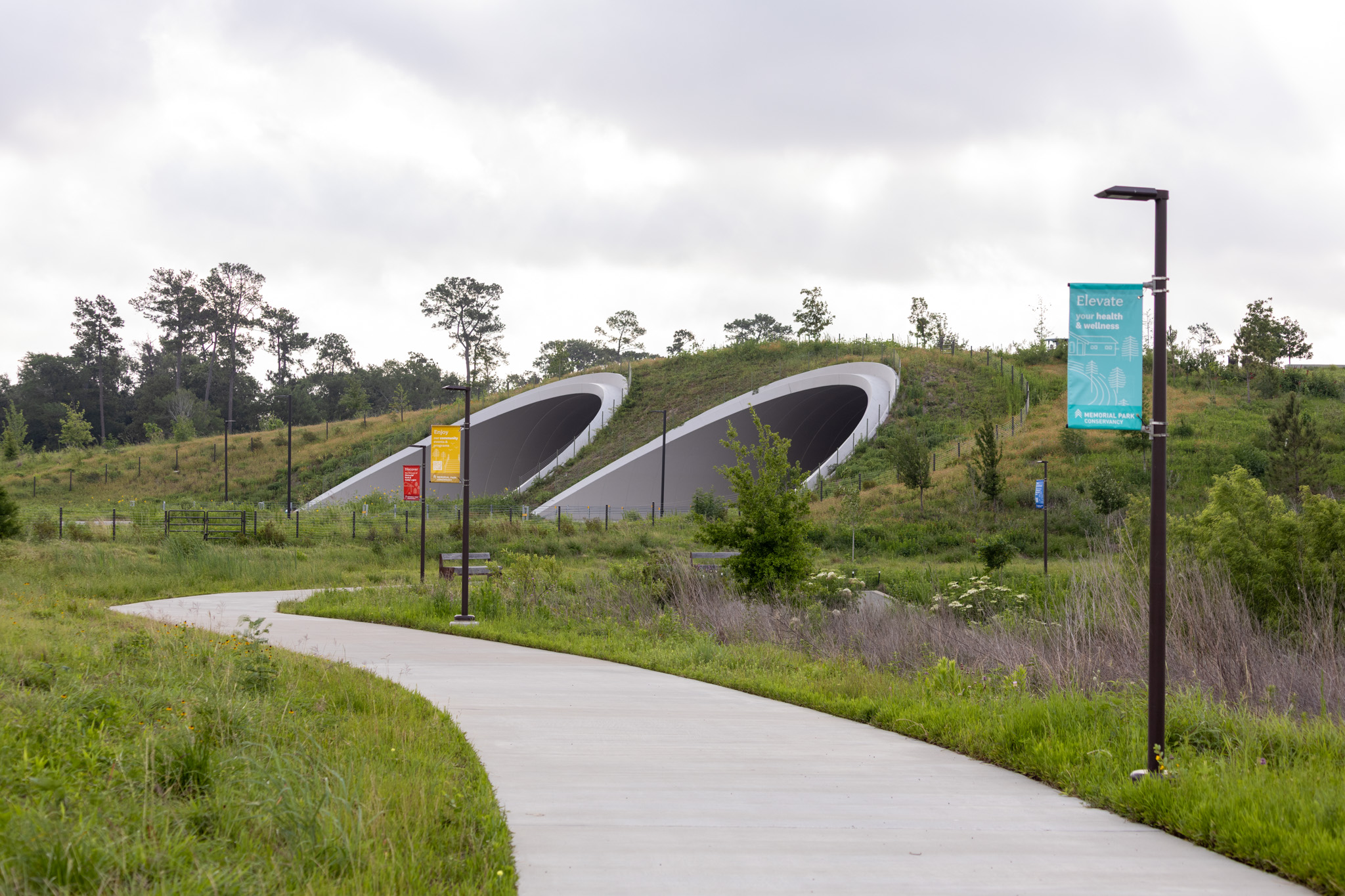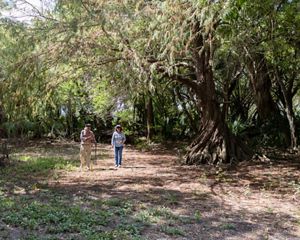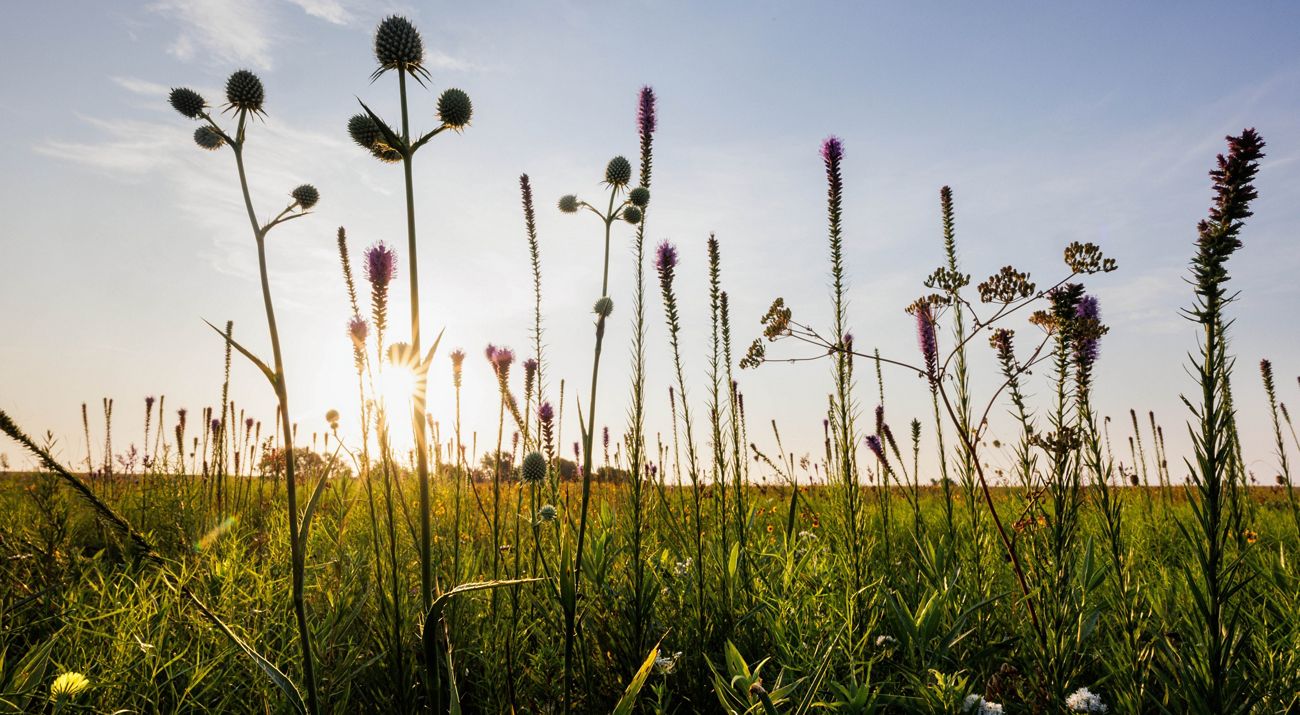
Seeding the Future
How seeds and seedlings from TNC's nature preserves are driving habitat restoration and helping protect Texas' native landscapes.
Ask someone outside the state how they picture Texas and their answer will likely include barbeque, cowboys, bluebonnets and rodeos. But beneath these iconic images lies a deeper story—one rooted in the unique natural landscapes that have shaped our state’s identity.
From sweeping prairies to piney woods to sabal palms and thornforests, Texas is home to a remarkable diversity of habitats that support wildlife, communities and economies. Today, many of these landscapes are under threat, and their survival depends on something small but mighty: seeds.
Lone Star Landscapes Under Threat
Like Texans, our landscapes are hardworking. As the climate changes, we can thank native plants for cleaning our water, helping protect us from floods, mitigating air pollution, and providing homes for plants and animals. Their robust roots sink into the soil, strengthening our lands during repetitive flooding, droughts and grazing.
But across Texas, native habitat is rapidly disappearing due to fragmentation, urban sprawl and agricultural conversion. Only about one percent of Texas' original grasslands remain; just three percent of the historic longleaf pine range survives; and only ten percent of native thornforests still stand. This dramatic decline places enormous strain on the health of these landscapes and on the natural resources they help sustain.

Saving Habitat Starts with Seeds
Seeds are the lifeline to all our native landscapes in Texas—essential to ensure their survival. Our prairies, forests and wetlands across the state depend on the careful preservation and strategic dispersal of native seeds to survive and thrive.
TNC collects native seeds from our nature preserves and distributes them to fuel restoration projects throughout the state to bring back these historic habitats. By working hand-in-hand with partners, we’re not just planting seeds—we’re reviving the landscapes that define our state and safeguarding the natural legacy that future generations will inherit.
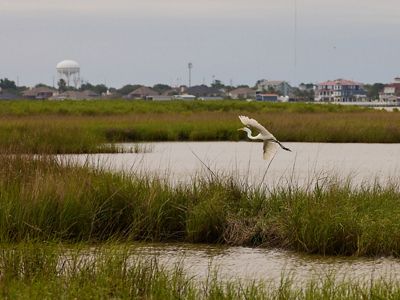
Where Restoration Takes Root
Explore the TNC preserves where we grow, harvest and store seeds and seedlings, and the places where they have been used to restore habitat in Texas.
Seed Sites
No results are shown. To see results, turn on the toggle switches in the legend.
- Texas City Prairie Preserve
-
Texas City Prairie Preserve
TNC Preserve
Texas City Prairie Preserve serves as the seed processing hub for our coastal preserves. Once seeds have been collected, by hand or machine, they are sorted, processed to remove unnecessary materials and bagged by species. From here, they are transported to TNC’s Brazos Woods Preserve and stored in a large, cooled shipping container for future use.
- Nash Prairie Preserve
-
Nash Prairie Preserve
TNC Preserve
A historic remnant prairie, TNC's Nash Prairie Preserve in Brazoria County is a living example of what the Houston area once looked like. Though it may seem plain from afar, it bursts with over 300 native plant species, including several rare ones. Seed harvested from this vibrant preserve has helped restore prairies across Greater Houston’s urban areas, schools, plant nurseries and beyond.
- Brazos Woods Preserve
-
Brazos Woods Preserve
TNC Preserve
TNC’s Brazos Woods Preserve protects a vital stretch of the Columbia Bottomlands, one of Texas’s most ecologically rich habitats. It also serves as a key storehouse location, where plant material from coastal preserves is protected in a climate-controlled container until it's needed for restoration efforts across the state.
- Clive Runnells Family Mad Island Marsh Preserve
-
Clive Runnells Family Mad Island Marsh Preserve
TNC Preserve
Mad Island Marsh Preserve is a powerhouse of seed production. Across its 7,000 acres of coastal prairies and wetlands, dedicated staff and volunteers have harvested thousands of pounds of native seeds. Once carefully gathered and bagged, these seeds are transported to the Texas City Prairie Preserve, where they’re processed and prepared to breathe new life into large-scale restoration projects.
- Clymer Meadow Preserve
-
Clymer Meadow Preserve
TNC Preserve
Clymer Meadow Preserve serves as a seed processing hub for TNC’s North Texas preserves. Located on some of the largest, most diverse remaining endangered Blackland Prairie—the Texas version of tallgrass prairie—it is an essential place to harvest seeds. With the help of staff and volunteers, seeds from Clymer Meadow have contributed to community restoration projects in North Texas for decades.
- Smiley Meadow Preserve
-
Smiley Meadow Preserve
TNC Preserve
Smiley Meadow Preserve, just an hour northeast of Clymer Meadow, was donated to TNC by renewable energy company Ørsted in 2023 after initially being slated for development. A remnant of rare Silveus’ dropseed prairie, vibrant wildflowers bloom here each season. This 953-acre preserve serves as a key piece of the puzzle for North Texas prairie restoration.
- Lennox Foundation Southmost Preserve
-
Lennox Foundation Southmost Preserve
TNC Preserve
South Texas is TNC’s hub for forest restoration. At the Lennox Foundation Southmost Preserve native plant nursery, we’re reviving Mexican sabal palm and Tamaulipan thornforest in the Rio Grande Valley. 40,000+ acres of sabal palm once spanned the area; now, the preserve protects one of only two native stands left in the United States. Each year, 40,000+ seedlings are grown for habitat restoration.
- Marathon Grasslands Preserve
-
Marathon Grasslands Preserve
TNC Preserve
TNC’s Marathon Grasslands Preserve protects rare Chihuahuan Desert grasslands in the Trans-Pecos region. Here, native agave grows—an essential nectar source for pollinators like bats and hummingbirds. To help these pollinators flourish, TNC and partners are collecting seeds and cultivating plants to restore agave.
- Lower Rio Grande Valley National Wildlife Refuge
-
Lower Rio Grande Valley National Wildlife Refuge
Restoration Site
With support from community volunteers, USFWS, American Forests, TNC and other partners, this annual event at the Lower Rio Grande Valley National Wildlife Refuge is helping restore South Texas' landscape using thornforest seedlings grown at regional nurseries, including our Lennox Foundation Southmost Preserve.
- Judge Charles R. Rose Community Park
-
Judge Charles R. Rose Community Park
Restoration Site
To help revive Blackland Prairie in Dallas, TNC provided native seeds from its North Texas preserves and assisted with planting events at the Judge Charles R. Rose Community Park. The project aims to bring back native prairie species that once dominated the region, creating habitat for wildlife and outdoor community space.
- Memorial Park Land Bridge and Prairie Project
-
Memorial Park Land Bridge and Prairie Project
Restoration Site
As part of this restoration project, TNC supplied thousands of pounds of native seed from its regional preserves to reintroduce Gulf Coast prairie and wetlands north and south of Memorial Drive. These efforts have restored habitat for pollinators and wildlife, improved stormwater management and strengthened resilience in communities familiar with severe storms.
On the Ground: Restoration Stories
Collecting Agave for Trans-Pecos Bats
At TNC’s Marathon Grasslands Preserve, conservation partner Bat Conservation International (BCI) visits to collect agave seeds—the only known nectar source for endangered Mexican long-nosed bats, which migrate through the region each year. The bats eat agave nectar and, in turn, help propagate the plant by spreading the pollen they pick up when they stop to eat.
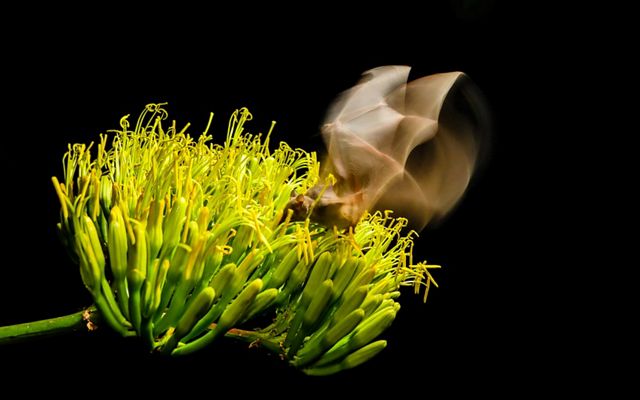
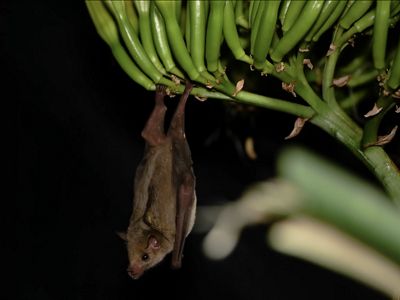
But a changing climate and drought have led to a loss of agave habitat in the Trans-Pecos region, and a need to restore this vital food source for the bats that depend on it. The seeds BCI collects at Marathon Grasslands Preserve are taken to Sul Ross State University’s greenhouse for cultivation to supply local agave restoration efforts.
“Mexican long-nosed bats migrate over 750 miles every year between the U.S. and Mexico, with the Trans-Pecos being a critical area for mother bats raising their young," says Dr. Kristen Lear, BCI agave restoration program director. "BCI's partnership with TNC and Sul Ross State University allows us to boost agave populations in the area to ensure these mother bats don’t go hungry."

Sprouting Change at Memorial Park
Referred to as Houston’s Central Park—and even bigger in scale—Memorial Park stretches across 1,500 acres of the city. In 2023, the largest park in Houston accomplished another milestone: creating the largest wildlife crossing in the United States. The Kinder Land Bridge and Cyvia Melvyn Wolff Prairie is a 100-acre project that connects expanses of the park over a busy road, providing safe and seamless passage for wildlife. What covers the crossing? A haven of native plants, many of which were sourced from thousands of pounds of native seeds from TNC’s regional nature preserves.
“The market does not always have the quantity of native seeds or specific native species of interest; sometimes the native seeds available might be locally adapted to the Midwest or East Coast versus the Gulf Coast prairie,” says Courtney Hall, manager of conservation operations for Memorial Park Conservancy (MPC). “TNC's generous partnership with MPC for the Land Bridge and Prairie Project provided additional species diversity, covered desired quantities for this project, and allowed for the seed procurement to occur at a very local level.”
Now, the prairie bustles with growth and color, a vast blooming landscape indicative of what Houston would have looked like before development. Perhaps most importantly, the plants seeded from TNC’s regional preserves are best suited to remain resilient against drought and safeguard the area during floods.
“Locally sourced, region-adapted plants play an important role in early establishment of native habitat installation and restoration projects,” Hall says.
Bringing Back Blackland Prairie to Dallas
Blackland Prairie, named after its dark, fertile soil, once blanketed central North America from Canada to the Texas Gulf Coast. But today, this prairie habitat is one of the most endangered, with less than one percent remaining in Texas. That’s why remnants, like TNC’s Smiley Meadow Preserve and Clymer Meadow Preserve in North Texas, are so important. These protected areas contain some of the largest remaining tracts of this rare prairie type—and their seeds are helping carry on the legacy of Blackland Prairie.
It was only natural that, when a 40-acre tract of land was acquired to become the Judge Charles R. Rose Community Park in Dallas’ Highland Hills neighborhood, TNC teamed up with Trust for Public Land and community members to restore it back to Blackland Prairie, powered by native seed sourced from our North Texas preserves.

Over the course of a few years, the community came together to restore the new park, carefully seeding it with native grasses and wildflowers. Each stem planted returned a piece of the prairie’s original character.
Judge Charles R. Rose Community Park officially opened in June 2025. This green space now provides a place for Dallas residents to connect with nature while supporting pollinators and wildlife, improving air quality and stormwater management, and of course, it now showcases a bountiful Blackland Prairie.
Scaling-Up Seed Production
To protect and sustain Texas landscapes, TNC produces seeds for select restoration projects, and in the future, we aim to expand our efforts by bringing native seeds to the market. In doing so, we hope to make them more widely available and enhance conservation and restoration efforts across the state on a broader scale.
Quote: Aaron Tjelmeland
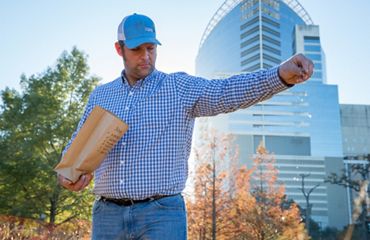
There are several grasses, like brownseed paspalum and rattlesnake master, where the industry does not want to produce the seeds because they are challenging. With our nature preserves and institutional knowledge, we want to fill in these gaps and support bringing these species to the market.
Planting the Path Forward
Preserving nature provides all Texans with invaluable benefits, like healthier plant and animal communities, better air and water quality, flood protection and much more. With a growing population, accelerating land loss and the mounting impacts of a changing climate, preserving our native landscapes has never been more urgent. But seeds carry the promise of a future we can cultivate. As we restore our Lone Star landscapes, the seeds we nurture will help ground Texas in its natural roots.
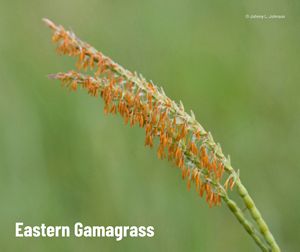
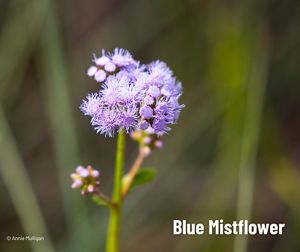

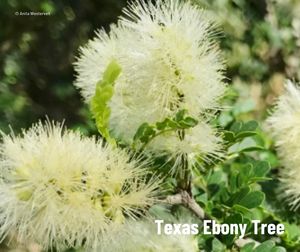



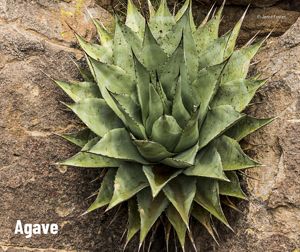



ICONIC SPECIES: Eastern gamagrass thrives in North Texas, especially in moist soils. © Johnny L. Johnson

ICONIC SPECIES: Blue mistflower's fluffy blooms attract many pollinators, like bees and butterflies. © Annie Mulligan

ICONIC SPECIES: Mexican sabal palms can grow to be 40 to 60 feet tall. © Carlos Domínguez-Rodríguez

ICONIC SPECIES: Native to the Chihuahuan Desert, Texas ebony trees are very drought tolerant and can reach up to 30 feet tall. © Anita Westervelt

ICONIC SPECIES: This plant produces clusters of small, translucent berries with a single dark seed that resemble tiny eyes, earning it the nickname "snake eyes." © Joey Santore

ICONIC SPECIES: This striking native perennial wildflower is found in Texas prairies and known for its vibrant purple flower spikes that attract many types of pollinators. © Don Verser

ICONIC SPECIES: Longspike tridens is a perennial grass with long clusters of purplish brown flowers that resemble spikes, appearing from July to October. © eldergoldenberry

ICONIC SPECIES: As a drought-tolerant succluent, agave thrives in the arid Trans-Pecos region and much of West Texas. © Jerod Foster

ICONIC SPECIES: This plant’s name comes from its distinctive brown seeds, which serve as a source of food for wildlife. © Peggy Romfh

ICONIC SPECIES: Rattlesnake master is a native forb with globe-shaped, silvery-white flower heads that thrives in Texas’ prairies and open woodlands. © Terry Woodward
We Can’t Save Nature Without You
Sign up to receive monthly conservation news and updates from Texas. Get a preview of Texas' Nature News email.
